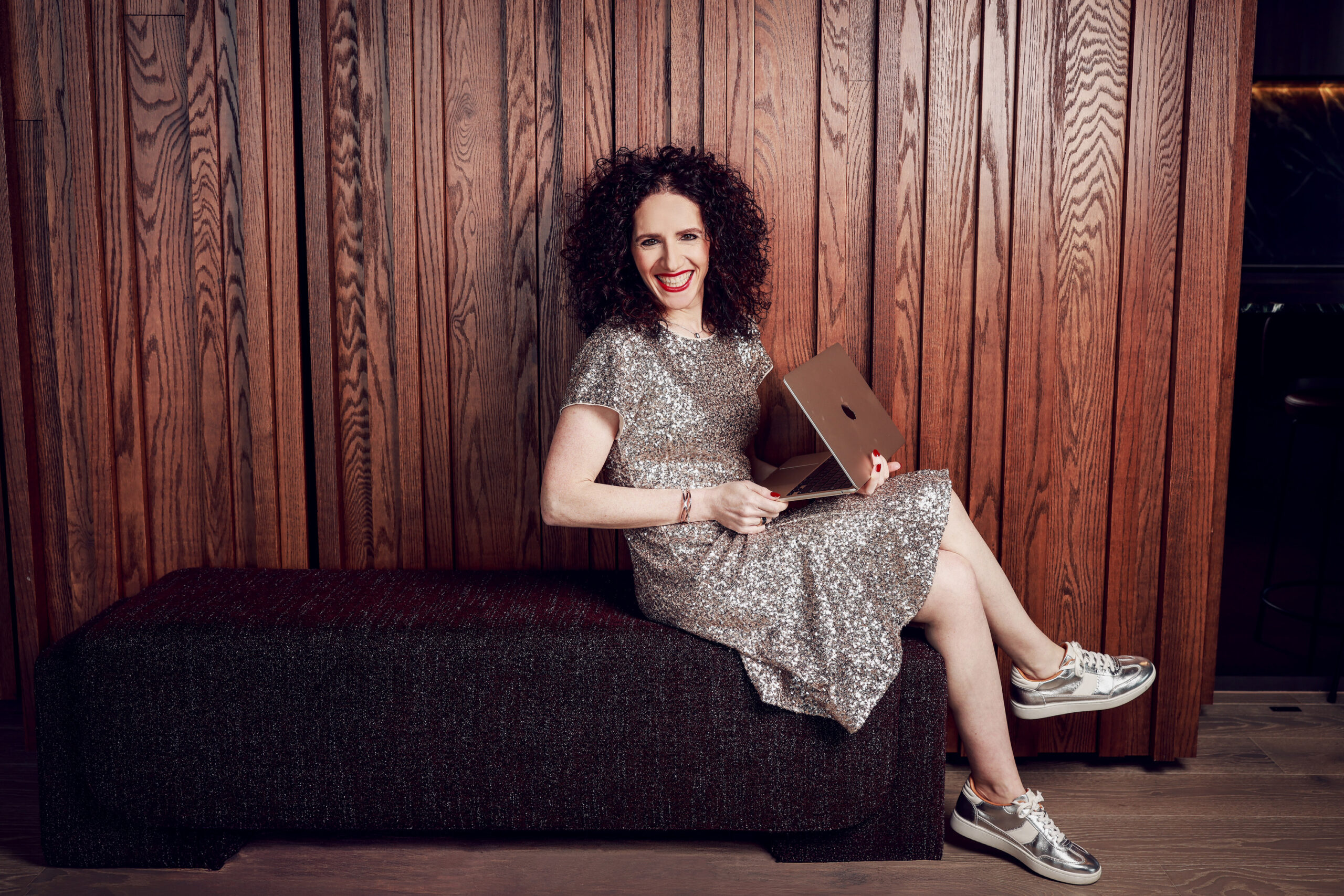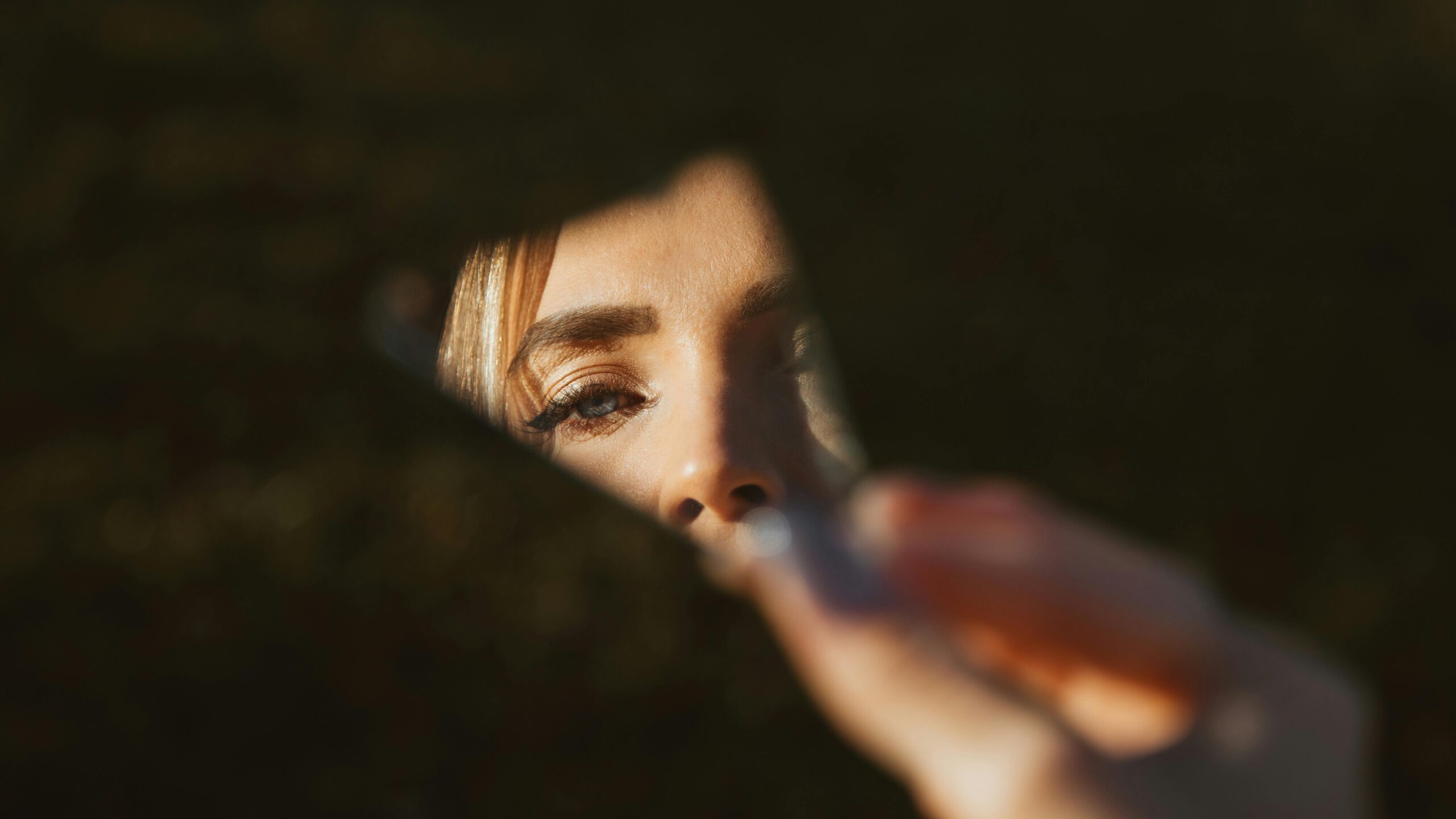
By Rachel Lithgow
When I tell people that I’ve written a book that, in part, deals with my online dating experiences over the course of a year, it opens the door to stories. So many stories. Forget about the political swamp of D.C., the landscape of the modern dating app is its own little simulacrum of swampy hell on earth. This swamp not only smells like jerk spirit, it radiates it outward in all kinds of new and exciting ways, most of which a rational person couldn’t even contemplate, let alone place in a dating profile.
Enter the star of the new TV show I should be creating. I call it Crypto and the Man.
There are all kinds of preferences that men list on “the apps,” from weight to hair color to religious preference. I’ve seen it all, from No Fat Chicks T-shirt-wearing potbellied men to the phrase “If you a fake bitch, swipe left. But it is the pronouncement and placement of the word “Crypto” on men’s bios that is my most recent fascination.
For those of you Amish who have just begun your Rumspringa, Cryptocurrency, colloquially referred to as crypto, is a digital currency designed to work through computers that is not reliant on any authority. Neither bank nor government, man nor beast, can regulate it, nor back it as a financial asset. In other words, unlike all things financial and American, it is not FDIC insured.
This is the latest in the Y chromosomal arsenal of dating app swagger. This latest trend was a little slower to catch up, but now, the crypto bros are the latest craze to sweep us damsels off our unsophisticated financial feet. Let’s take a walk-through history and review, shall we?
When the apps were first en vogue, the gym selfie with a look of fierce determination was the expression of the male peacock, attracting its prey, er, I mean, date. Later, selfies in a bathroom, public or private, eclipsed the gym, with or without a shirt on. You’ve seen it, ladies, the row of mirrors and sinks as he smirks in a too-tight suit into the mirror. The higher evolved or more exclusive sites often sport exotic but carefully curated travel photos from their masculine members.
Machu Picchu is a fan favorite. I suppose it is because men think it indicates that he is rugged and adventurous, unafraid of heights, and immune to altitude sickness, the latter always what I’m looking for in a date. The bronze monstrosity in Hudson Yards, which every New Yorker complains about, is another popular profile photo for men looking for love on the interweb.
All of this is paired with the new love language, not touch or acts of service, but a series of abbreviated letters like GGG or DTF (If you don’t yet know what they are, I had to learn the hard way when I asked a potential suitor what he meant when he asked me if I was DTF after exchanged two three sentence greetings, DTF stands for “Down to Fuck.” Charming, right?).
I’ve seen Bitcoin profile pictures, CRYPTO GUY in all caps, and the phrases “cryptoexpert” or “into crypto” on at least a third of the profiles that I (and my girlfriends) have perused over recent years. I imagine men think themselves akin to the Gordon Gekkos of the 80s, the Wall Street Yuppie who flashed the cash to impress the ladies.
Since we as a species continue to hurtle away from real contact, real tangibility, and yes, real sex with real people, it was, I suppose, inevitable that money would follow suit as it too disappears into the ether. So why is it that most men think crypto is a sign of cool sophistication and women think it’s a sign of ass-hattery?
Crypto is the fastest-growing investment for men, ages 18-50, in the world. According to Rabbi Google, less than 20% of women with an active investment portfolio or who are engaged in personal financial management have invested in crypto. One could argue several reasons for the disparity between X and Y.
The tedious answers are obvious. From a sociological and economic standpoint, one could say this mirrors the broader trend where digital identities and online personas are more important than real engagement. It would also be fair to say that traditionally, men have a larger risk appetite than women when it comes to all things, but especially money.
In the wild world of online dating, cryptocurrency has become the latest shiny object in the treasure chest of self-presentation. Just as gym selfies and exotic travel photos once served as peacock feathers, the mention of crypto in a dating profile is the new way to say, “Look at me, I’m modern and financially savvy!” But let’s be real, much like those carefully curated personas we swipe through, the allure of crypto can be just as fake.
I have yet to hear a cogent explanation of how on earth anyone plans to access their pretend fortune in the zombie apocalypse when not only will government and the economy fail (like that thing we do where we give money in exchange for goods and services) but the all-important electricity needed to power the pretend universe to get the pretend money to fund your pretend life won’t work either.
Cryptocurrency, with its promise of untold riches and financial freedom, is the perfect metaphor for online dating’s worst traits: the tendency to present an idealized, and often exaggerated, version of oneself. Just as a profile picture can be filtered to oblivion and a bio can be embellished to the point of fiction, the crypto bro’s bravado often hides a reality that’s far less glamorous.
The rollercoaster ride of the crypto market is a lot like the fleeting, superficial connections made on dating apps – thrilling at first, but you might end up with a headache at best, a TED talk in the middle, or the victim of a scam in the worst-case scenario.
In the end, the fascination with crypto on dating apps is a reminder that, in the world of online dating, what glitters is not always gold. Just as we should approach crypto investments with a healthy dose of skepticism, so too should we navigate the dating landscape with a discerning eye, ever mindful of the difference between genuine connection and digital illusion.
So, ladies, the next time you see “crypto expert” in a bio, remember: it might just be another way of saying, “everything about me is not real, beware.”


Rachel J. Lithgow is a historian and museum professional with thirty years of experience running large cultural institutions. Her work and writing have appeared in dozens of publications around the world, including The New York Times, The Daily News, Time, The Advocate, The Jerusalem Post, The Huffington Post, the Los Angeles Times, The Times of Israel, eJP, The New York Observer, and the Buffalo News. Rachel has two children and splits her time between Long Beach, Long Island, and Hell’s Kitchen in New York City. Her debut memoir, My Year of Really Bad Dates, is publishing this fall.
ABOUT THE BOOK: After two life-shaking events—losing her father and divorcing the man she’s spent half her life with, who happens to be an actor from a famous family—Rachel Lithgow leaves a thirty-year career to write full time and pursue a relationship with a calming, delightful man she recently met online. She thinks she has it all figured out . . . until he announces he’s joining a cult and moving to Phoenix with a blonde real estate agent. Through a year of terrible dates, peppered with a few great experiences and a lot of pinot noir, the author learns that patterns can be changed, that asking for help is sometimes necessary, and that there’s only one way to repair her brokenness: by facing her trauma and demons head-on. With a unique mix of humor, self-deprecation, and gritty vulnerability, this dark yet hopeful memoir tackles divorce, dating, single motherhood, PTSD, grief, loss, and starting over in midlife. From emotional rock bottom to a peaceful acceptance of the woman she truly is, Lithgow finds the humor in the blackness, redemption in the pathos, and fulfillment in the idea that “happily ever after” isn’t always a storybook ending—and doesn’t need to be.
















